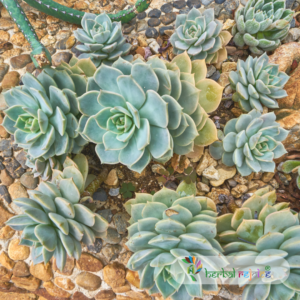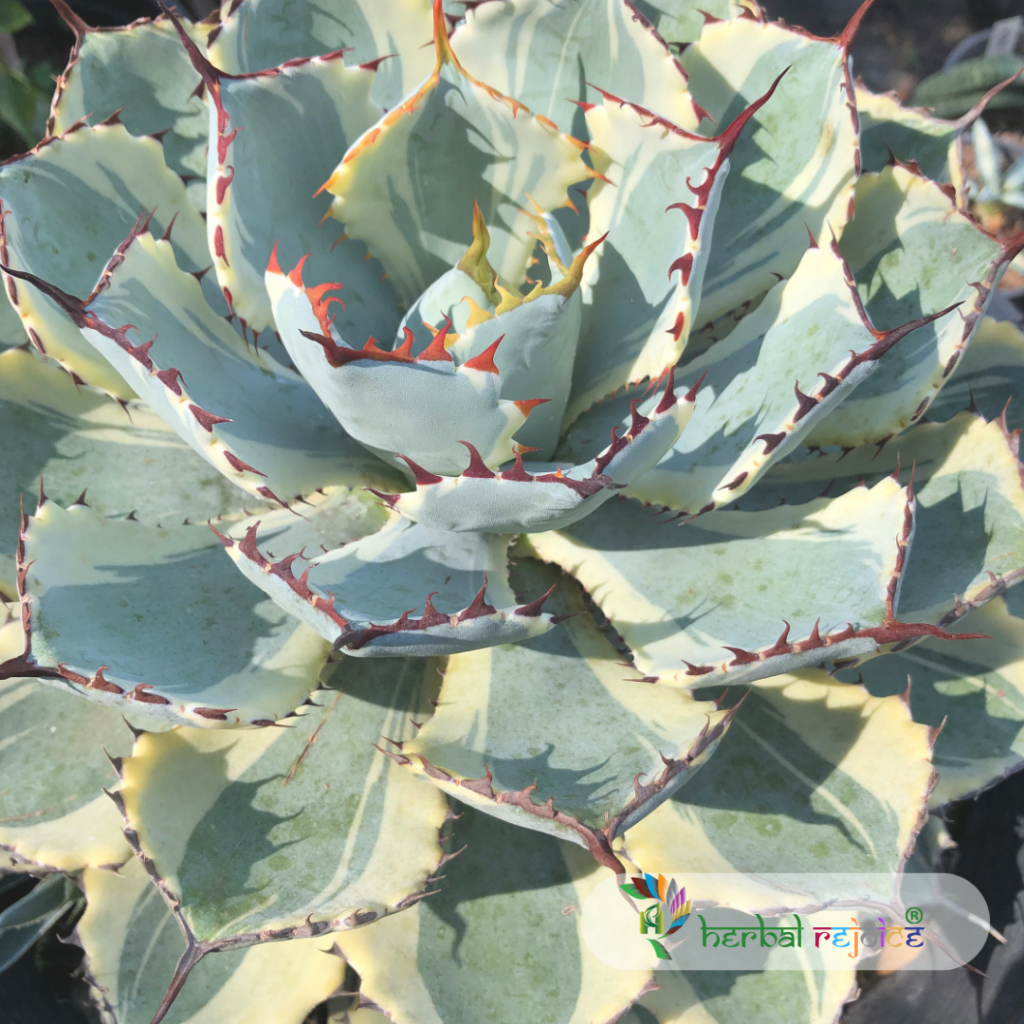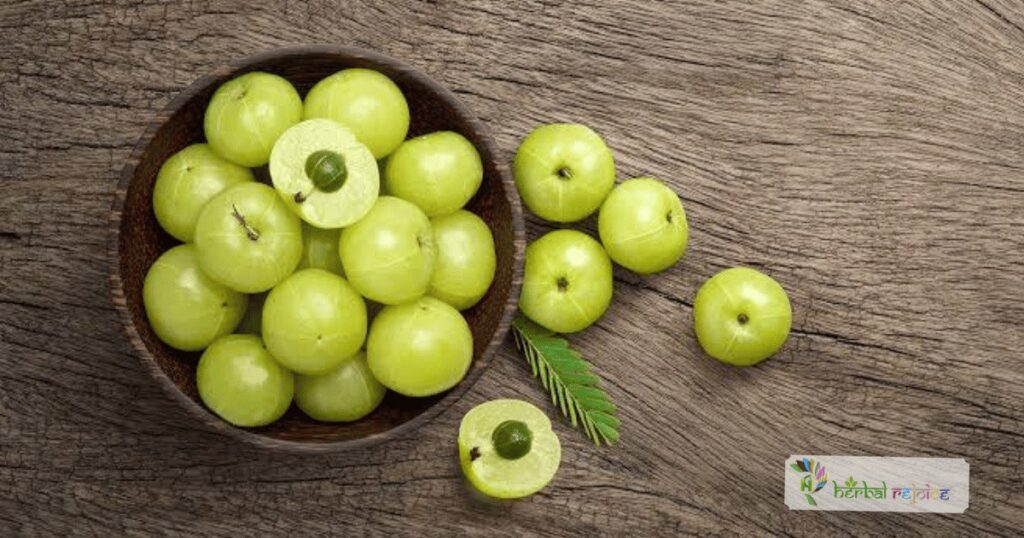Introduction
Strychnos potatorum, commonly known as the Clearing Nut Tree, is a plant native to the forests of West Bengal, Central and South India. It can be found in altitudes of up to 1,200 meters. This plant has been used in various traditional medicinal systems, such as Ayurveda, Unani, and Siddha, for its therapeutic properties. Scientifically known as Strychnos potatorum Linn.f., this plant offers a range of health benefits.
Common Names
The Clearing Nut Tree is known by different names in various languages. In English, it is called the Clearing Nut tree. In Ayurveda, it is referred to as Kataka, Katakaphala, Payah-prasaadi, Chakshushya, and Nirmali. In Unani, it is known as Nirmali. In Siddha/Tamil, it is called Thettran and Thetrankottai.
Health Benefits and Traditional Uses
The seeds of Strychnos potatorum have been found to possess antidiabetic and antidysenteric properties. They have also been used as an emetic. One of the main constituents of the seeds is Mannogalactan, which has shown to reduce cholesterol and triglycerides. Compared to clofibrate, a commonly used lipid-lowering drug, Mannogalactan was found to be one-tenth as potent in reducing cholesterol and one-fifth as effective in reducing triglyceride levels. Additionally, the seeds have been used topically to treat abscesses and venereal sores, and internally to address symptoms of gonorrhea.
The fruits of Strychnos potatorum also offer several health benefits. They have been found to possess antidiabetic, antidysenteric, and expectorant properties. In fact, the pulp of the fruit has been used as a substitute for ipecacuanha, a well-known expectorant.

In Ayurveda, the seeds of Strychnos potatorum are particularly recommended for conditions like dysuria, polyuria, and urolithiasis. They are also suggested as a natural remedy for epilepsy. The plant is known to contain diabolin, a major alkaloid that exhibits hypotensive activity. Other chemical constituents found in the seeds, leaves, and trunk bark include acetyldiabolin, brucine, strychnine, novacine, icajine, oleanolic acid and its glycoside. The leaves and bark also contain isomotiol, stigmasterol, campesterol, and sitosterol.
Unlike its close relative, Strychnos nux-vomica, the seeds of Strychnos potatorum are non-poisonous. However, they resemble the seeds of Strychnos nux-vomica. Interestingly, the ripe seeds of the Clearing Nut Tree have been used traditionally to purify muddy water.
Dosage
To harness the benefits of Strychnos potatorum, the recommended dosage of the seeds is 3-6 grams.
Conclusion
Strychnos potatorum, also known as the Clearing Nut Tree, is a valuable plant with numerous health benefits. It has been used in various traditional medicinal systems for centuries. Its seeds, fruits, leaves, and trunk bark contain a range of bioactive compounds that contribute to its therapeutic properties. From antidiabetic and antidysenteric effects to expectorant and hypotensive activities, this plant offers an array of potential health benefits. Incorporating Strychnos potatorum into your wellness routine may provide a natural remedy for various ailments.
Frequently Asked Questions
What is Strychnos potatorum?
Strychnos potatorum, commonly known as the Clearing Nut Tree, is a plant native to the forests of West Bengal, Central and South India.
What are the common names of Strychnos potatorum?
In English, it is called the Clearing Nut tree. In Ayurveda, it is referred to as Kataka, Katakaphala, Payah-prasaadi, Chakshushya, and Nirmali. In Unani, it is known as Nirmali. In Siddha/Tamil, it is called Thettran and Thetrankottai.
What are the health benefits of Strychnos potatorum?
The seeds of Strychnos potatorum have been found to possess antidiabetic and antidysenteric properties. They have also been used as an emetic. The fruits of Strychnos potatorum have been found to possess antidiabetic, antidysenteric, and expectorant properties.
What are the traditional uses of Strychnos potatorum?
The seeds have been used topically to treat abscesses and venereal sores, and internally to address symptoms of gonorrhea. The pulp of the fruit has been used as a substitute for ipecacuanha, a well-known expectorant.
How are the seeds of Strychnos potatorum used in Ayurveda?
In Ayurveda, the seeds of Strychnos potatorum are recommended for conditions like dysuria, polyuria, and urolithiasis. They are also suggested as a natural remedy for epilepsy.
What are the chemical constituents found in Strychnos potatorum?
Chemical constituents found in the seeds, leaves, and trunk bark of Strychnos potatorum include Mannogalactan, acetyldiabolin, brucine, strychnine, novacine, icajine, oleanolic acid and its glycoside. The leaves and bark also contain isomotiol, stigmasterol, campesterol, and sitosterol.
How do the seeds of Strychnos potatorum compare to clofibrate in reducing cholesterol and triglycerides?
Mannogalactan, one of the main constituents of the seeds, was found to be one-tenth as potent as clofibrate in reducing cholesterol levels and one-fifth as effective in reducing triglyceride levels.
Are the seeds of Strychnos potatorum poisonous?
Unlike its close relative, Strychnos nux-vomica, the seeds of Strychnos potatorum are non-poisonous. However, they resemble the seeds of Strychnos nux-vomica.
How have the ripe seeds of the Clearing Nut Tree been traditionally used?
The ripe seeds of the Clearing Nut Tree have been used traditionally to purify muddy water.
What is the recommended dosage of Strychnos potatorum seeds?
The recommended dosage of Strychnos potatorum seeds is 3-6 grams.
Where is Strychnos potatorum commonly found?
Strychnos potatorum is commonly found in the forests of West Bengal, Central and South India.
What traditional medicinal systems have used Strychnos potatorum?
Strychnos potatorum has been used in Ayurveda, Unani, and Siddha, which are traditional medicinal systems.
What are the properties of Mannogalactan?
Mannogalactan, found in the seeds of Strychnos potatorum, has shown to reduce cholesterol and triglycerides.
How are the fruits of Strychnos potatorum used?
The fruits of Strychnos potatorum have been used traditionally for their antidiabetic, antidysenteric, and expectorant properties. The pulp of the fruit has been used as a substitute for ipecacuanha.
What are some conditions that Strychnos potatorum seeds are recommended for?
Strychnos potatorum seeds are recommended for conditions like dysuria, polyuria, urolithiasis, and epilepsy.


